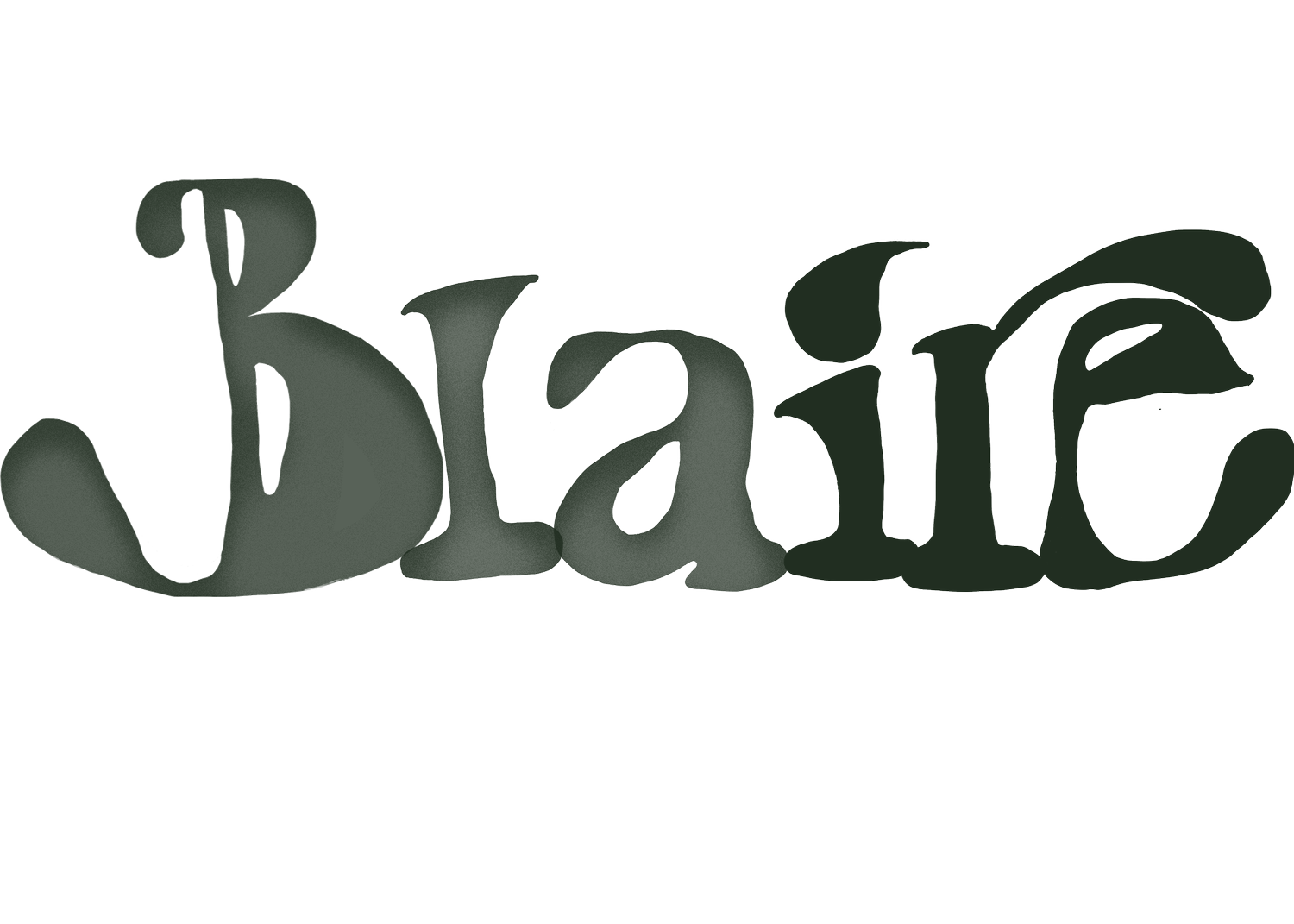Technical Guide Edit
Project Overview
Project Title: Microsoft Word Training Manual (Spec Edit)
Client: Self-Directed | Unaffiliated
Type of Edit: Line Editing + Structural Editing + Technical Clarity
Length: ~20 pages (excerpt)
Editorial Focus:
Restructured tool descriptions for improved readability and flow
Removed vague or repetitive phrasing
Clarified complex formatting tools (e.g., Smart Art, Styles, Layout settings)
Fixed grammar, syntax, and formatting inconsistencies
Strengthened instructional tone to suit a training manual audience better
Reflection:
This project demonstrates my ability to edit instructional technical content while maintaining an approachable voice. I focused on improving clarity and consistency without losing the manual’s purpose: to guide users from novice to proficient in Microsoft Word.
❌ Before (Unedited)
The Save As page allows you to save a new document or create a new document from the most recent version of the document you are working on. Simply typing in a document name and selecting your folder of choice will create a new document in that folder. If you don’t see the folder you want, you can select browse in the sidebar, and navigate your computer’s folders until you find your desired folder. The shortcut to save is Ctrl + S.
✅ After (Edited By Blaire Coleman)
The Save As page appears when you create a new document. If used while working on an already saved document, you can create a separate document file from the most recent version of your working document.
To save, type in a document name and select your folder of choice. For more folder options, select browse in the sidebar, and navigate your computer’s folders until you find your desired folder.
Editorial Notes
1. Clarity and Conciseness
Simplified overlong or repetitive explanations (e.g., the introduction and tool descriptions).
Used cleaner, more direct phrasing without losing instructional tone.
Example:
Before: "The File Tab does not have a document view, unlike the other tabs..."
After: "The File Tab does not have a document view. To navigate back, use the left arrow..."
2. Structural Improvements
Grouped related concepts more logically (e.g., combining short fragmented explanations under one clear heading).
Standardized the descriptions of tabs and tools, giving the piece a more predictable and scannable structure.
3. Tone and Voice
Improved voice consistency by maintaining a calm, instructional tone.
Reduced casual or ambiguous language (“lots of interesting features” → “features beneficial for complex projects”).
4. Grammar, Punctuation, and Typos
Fixed multiple minor grammatical errors, subject-verb mismatches, and run-ons.
Standardized spacing, bullet formatting, and punctuation (especially periods and comma use in tool descriptions).
5. Technical Accuracy
Tightened tool descriptions to better reflect functionality without over-explaining common sense elements.
Example:
Original: "The Save page does not appear as a page like the Home or Open pages..."
Edited: "The Save function doesn’t appear as a separate page—it simply saves your current work."
